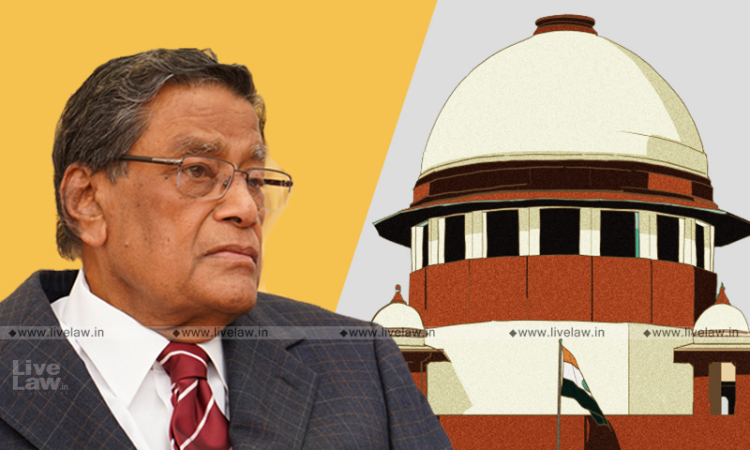Char-Dham Project Has Strategic Importance Of National Security To Avoid Consequences Akin To 1962 Indo-China War: AG Tells Supreme Court
Mehal Jain
10 Nov 2021 6:49 AM IST

Requesting theSupreme Court Bench to modify the earlier order, the AG urged the bench to peruse contents of the sealed cover made over to the Court "to realise the situation in which the army is placed".
Next Story


